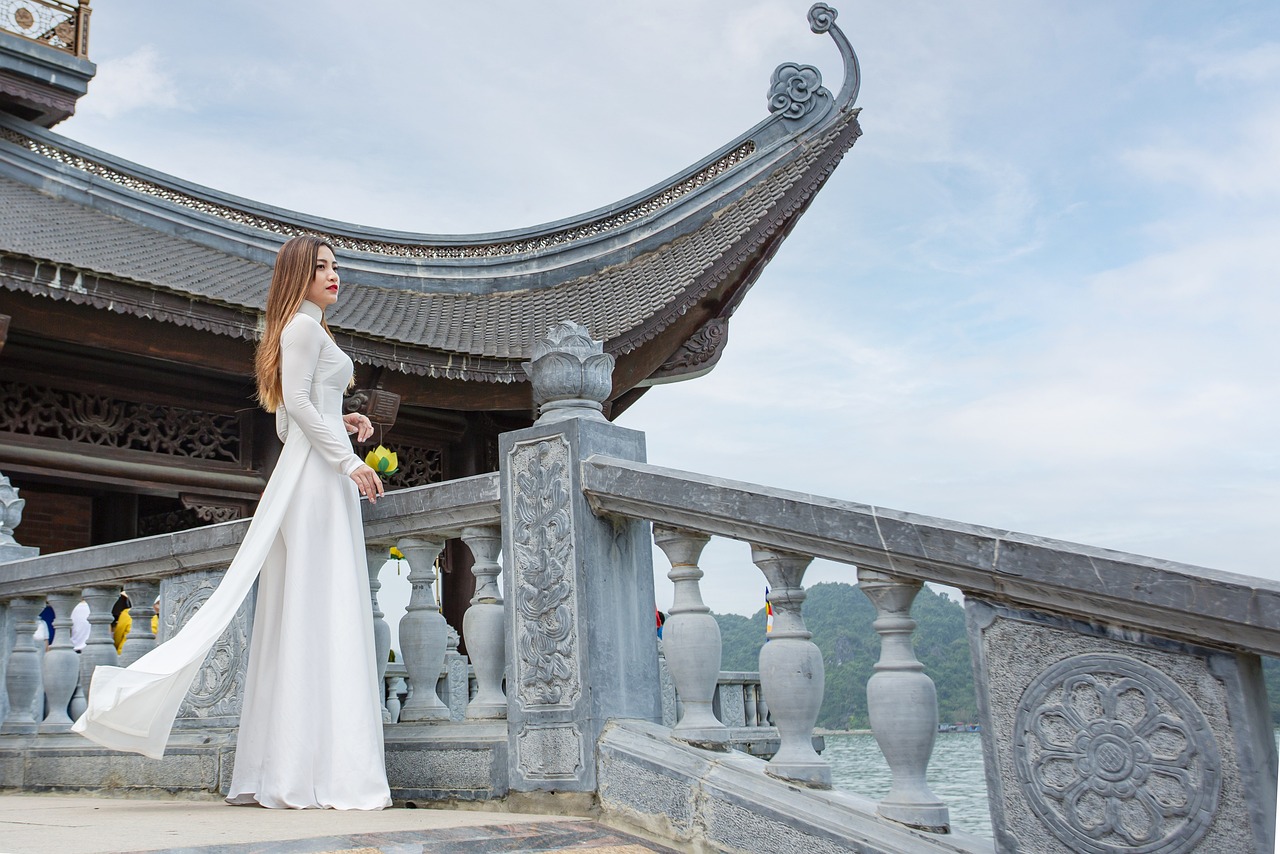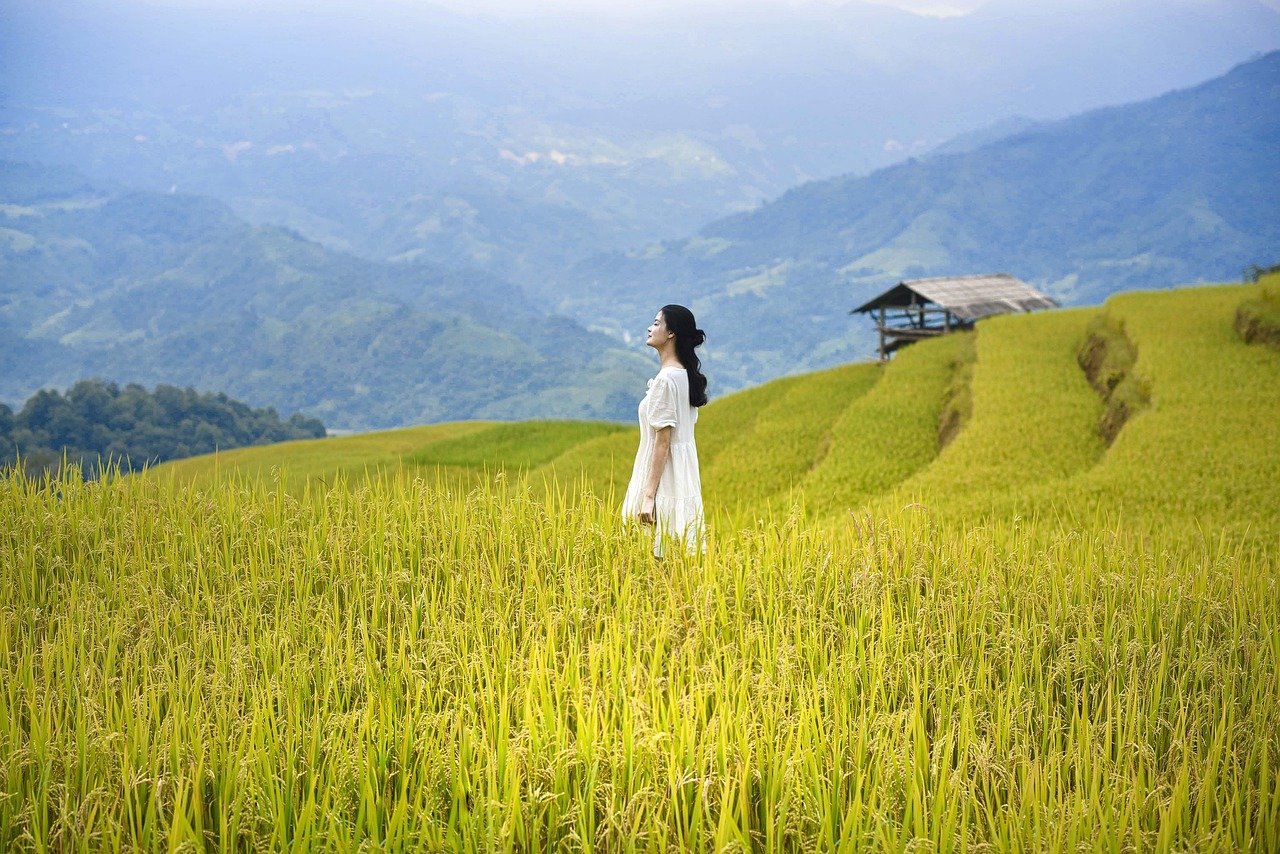Vietnam Video
Weathering Vietnam: Seasonal Changes and What to Expect
Vietnam is a country located in Southeast Asia, known for its diverse landscapes, rich history, and vibrant culture. The country experiences distinct seasonal changes throughout the year, which greatly affect the weather conditions across different regions. Understanding the seasonal variations in Vietnam is essential for travelers and locals alike to plan their activities and make the most of their time in this beautiful country. This article explores the seasonal changes in Vietnam and provides detailed information on what to expect during each season.
Spring
Spring in Vietnam lasts from February to April and marks the transition from the cool and dry winter to the warmer and more humid summer. During this season, the weather becomes milder, with temperatures ranging from 20°C to 30°C (68°F to 86°F) in most parts of the country. However, it is important to note that the northern regions might still experience occasional cold snaps, especially in February.
- Flower Blossoms: Spring is a beautiful time to visit Vietnam as various flowers, including cherry blossoms and apricot blossoms, start to bloom. The vibrant colors and fragrant scents create a picturesque atmosphere.
- Festivals: Spring is also a festive season in Vietnam, with several important celebrations taking place. The most notable one is the Lunar New Year, known as Tet, which is a time for family gatherings, feasts, and traditional customs.
- Outdoor Activities: The pleasant weather during spring makes it ideal for outdoor activities such as hiking, biking, and exploring the countryside. It is also a great time to visit the stunning rice terraces in the northern regions.
Summer
Summer in Vietnam lasts from May to August and is characterized by hot and humid weather. The temperatures can soar up to 35°C (95°F) or higher, particularly in the central and southern regions of the country. It is advisable to stay hydrated and seek shade during the peak heat hours.
- Beach Getaways: With its long coastline, Vietnam offers numerous beautiful beaches where you can escape the heat and enjoy the refreshing waters. Popular beach destinations include Nha Trang, Da Nang, and Phu Quoc Island.
- Rainy Season: Summer is also the rainy season in Vietnam, with frequent afternoon showers and occasional thunderstorms. It is advisable to carry an umbrella or raincoat and be prepared for sudden downpours.
- Water-Based Activities: The summer season provides excellent opportunities for water-based activities such as snorkeling, diving, and boat tours. The clear waters and vibrant marine life make for unforgettable experiences.
Autumn
Autumn in Vietnam lasts from September to November and is considered one of the best times to visit the country. The weather becomes cooler and more pleasant, with temperatures ranging from 20°C to 30°C (68°F to 86°F). It is a transitional season between the rainy summer and the cooler winter.
- Festivals and Celebrations: Autumn is a festive season in Vietnam, with various cultural and religious events taking place. The Mid-Autumn Festival, also known as the Moon Festival, is particularly significant, with lantern parades and mooncake feasts.
- Harvest Season: Autumn is the time when farmers harvest their crops, especially rice. The countryside is adorned with golden rice fields, creating a stunning backdrop for photography enthusiasts.
- Trekking and Nature Exploration: The mild weather during autumn makes it an ideal time for trekking and exploring Vietnam’s national parks and mountainous regions. Popular destinations include Sapa, Ha Giang, and Pu Luong Nature Reserve.
Winter
Winter in Vietnam lasts from December to January and brings cooler temperatures, particularly in the northern regions. The average temperatures range from 15°C to 20°C (59°F to 68°F), but it can get colder in mountainous areas, such as Sapa and Dalat.
- Celebrating Christmas: Christmas is celebrated in Vietnam, particularly in major cities and tourist areas. You can expect to see festive decorations, Christmas markets, and special events.
- Fog and Mist: The northern regions, such as Halong Bay and Sapa, are often covered in a mystical fog and mist during winter, creating a unique and enchanting atmosphere.
- Winter Sports: In the mountainous areas, winter offers opportunities for activities like skiing and snowboarding. Resorts like Fansipan and Bana Hills have facilities for winter sports enthusiasts.
Vietnam Image 1:

Spring Conclusion
In conclusion, Vietnam experiences distinct seasonal changes throughout the year, each offering unique experiences and attractions. Spring brings milder temperatures, blooming flowers, and festive celebrations like Tet. Summer is hot and humid, perfect for beach getaways and water-based activities. Autumn offers pleasant weather, harvest celebrations, and opportunities for trekking. Winter brings cooler temperatures, Christmas celebrations, and a mystical atmosphere in the northern regions. Understanding these seasonal changes will help you plan your visit to Vietnam accordingly and make the most of your time in this beautiful country.
Vietnam Image 2:

References
- Vietnam Tourism: vietnamtourism.com
- Weather in Vietnam: weather.com.vn
- Lonely Planet Vietnam: lonelyplanet.com/vietnam
- Vietnam Online: vietnamonline.com
Summer Section
Summer in Vietnam is characterized by hot and humid weather, making it a popular time for beach getaways and water-based activities. The long coastline of Vietnam offers numerous beautiful beaches where you can relax and enjoy the refreshing waters. Nha Trang, with its pristine sandy beaches and vibrant nightlife, is a top choice for beach lovers. Da Nang is another popular destination, known for its stunning sandy shores and the iconic Dragon Bridge. If you prefer a more secluded and laid-back experience, head to Phu Quoc Island, where you can explore untouched beaches and snorkel in crystal-clear waters.
- Beach Getaways: Vietnam’s beaches offer a wide range of activities, including swimming, sunbathing, beach volleyball, and water sports like jet skiing and banana boat rides.
- Water-Based Activities: The summer season is ideal for snorkeling, diving, and boat tours. The clear waters around the islands and coral reefs provide excellent opportunities to explore Vietnam’s marine life.
- Island Hopping: Vietnam’s archipelagos, such as the Con Dao Islands and Cham Islands, are perfect for island hopping adventures. You can visit multiple islands, each with its own unique charm and attractions.
Autumn Image 3:

Autumn Section
Autumn in Vietnam is a season of mild weather and vibrant celebrations. The temperatures become cooler, ranging from 20°C to 30°C (68°F to 86°F), making it an ideal time to explore the country’s natural beauty and cultural heritage. During this season, Vietnam hosts various festivals and celebrations that showcase the rich traditions and customs of the Vietnamese people.
- Festivals and Celebrations: One of the most significant festivals during autumn is the Mid-Autumn Festival, also known as the Moon Festival. It is a time for family reunions, lantern parades, and enjoying delicious mooncakes. Other festivals include the Perfume Pagoda Festival and the Hoi An Lantern Festival.
- Harvest Season: Autumn is the time when farmers harvest their crops, especially rice. The countryside is adorned with golden rice fields, creating a stunning backdrop for photography enthusiasts. You can visit regions like Sapa, Mu Cang Chai, and Ninh Binh to witness the picturesque landscapes.
- Trekking and Nature Exploration: The mild weather during autumn makes it an ideal time for trekking and exploring Vietnam’s national parks and mountainous regions. Popular destinations for trekking include Sapa, Ha Giang, and Pu Luong Nature Reserve. These areas offer breathtaking views, ethnic minority villages, and opportunities to immerse yourself in nature.
Winter Section
Winter in Vietnam brings cooler temperatures, particularly in the northern regions. The average temperatures range from 15°C to 20°C (59°F to 68°F), but it can get colder in mountainous areas. Despite the cooler weather, winter in Vietnam offers unique experiences and attractions.
- Celebrating Christmas: Christmas is celebrated in Vietnam, particularly in major cities and tourist areas. You can expect to see festive decorations, Christmas markets, and special events. Cities like Ho Chi Minh City and Hanoi are known for their vibrant Christmas atmosphere.
- Fog and Mist: The northern regions of Vietnam, such as Halong Bay and Sapa, are often covered in a mystical fog and mist during winter. This creates a unique and enchanting atmosphere, perfect for those seeking a serene and otherworldly experience.
- Winter Sports: In the mountainous areas of Vietnam, winter offers opportunities for activities like skiing and snowboarding. Resorts like Fansipan and Bana Hills have facilities for winter sports enthusiasts. It’s a great chance to enjoy the snow and indulge in thrilling adventures.
Vietnam Image 1:

References
- Vietnam Tourism: vietnamtourism.com
- Weather in Vietnam: weather.com.vn
- Lonely Planet Vietnam: lonelyplanet.com/vietnam
- Vietnam Online: vietnamonline.com
Vietnam Image 2:

Vietnam Image 3:

References
- Vietnam Tourism: vietnamtourism.com
- Weather in Vietnam: weather.com.vn
- Lonely Planet Vietnam: lonelyplanet.com/vietnam
- Vietnam Online: vietnamonline.com


